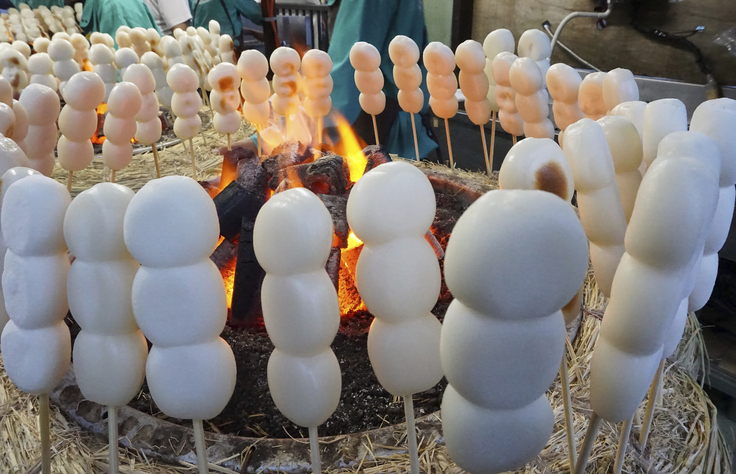Every year, the Japanese festival of Tsukimi (also called Otsukimi or Jugoya) honours the magnificent autumn moon. This harvest festival is a celebration of the waxing moon on the thirteenth day of the ninth month of the Japanese traditional calendar. This generally falls in the month of September or October on our modern calendars. This year, Tsukimi falls on September 13, 2019.
During this time, there are events around Japan to celebrate Tsukimi. These include poetry readings, live jazz music and other performances across the country in honour of Tsukimi.
Origins
Ancient Japanese writings have always identified September as the best time for viewing the moon. It is during this month that the moon is especially bright. The ancient Japanese believed that at this time, the viewer could express gratitude for the year’s harvest and pray for the forthcoming year.

The tradition of moon-viewing dates back to the Heian period, from 794 to 1185 A.D. Moon-viewing parties originated with the introduction of the Chinese Mid-Autumn Festival to the aristocratic elite. The elite would gather to listen to music and compose poetry by the moonlight and sometimes even board boats to get a better view of the moon’s reflection. In the 1600s, the custom became popular with the civilian population as well.
How it is celebrated
The Japan moon-viewing festival is a solemn occasion involving traditional foods and decorations. People observing the festival also visit shrines, burn incense and offer food to the Shinto gods. Some people even repeat the customs for many days following the full moon or half-moon. There are times when the moon is not visible during the festival, at this time, celebrations still continue. These celebrations are referred to as Mugetsu or Ugetsu, meaning “no moon” and “rain moon,” respectively. Other traditional customs during this time include children going around the neighbourhood ‘stealing’ dumplings which are considered to have been accepted by the moon as offerings.
Traditional food and decorations
During the celebrations, a special kind of rice dumpling called Tsukimi dango is eaten. The round and white dumplings are said to celebrate the beauty of the moon and eating them on the night of the festival is said to bring good health and happiness for the upcoming year. Mooncakes are another variety of traditional food consumed during the festival. Most mooncakes are made with lotus seed paste, salted egg yolk and lard.

Susuki (Pampas grass) is a traditional decoration that resembles rice plants. Areas, where the moon-viewing is taking place, are decorated with this grass that is thought to protect the space from evil. Roofs are also decorated as an offering to the moon god. Sometimes autumn flowers are also used for decorative purposes.
The moon viewing festival is celebrated in other Asian countries, including China and South Korea. Every country has its own unique tradition to commemorate the festival.


